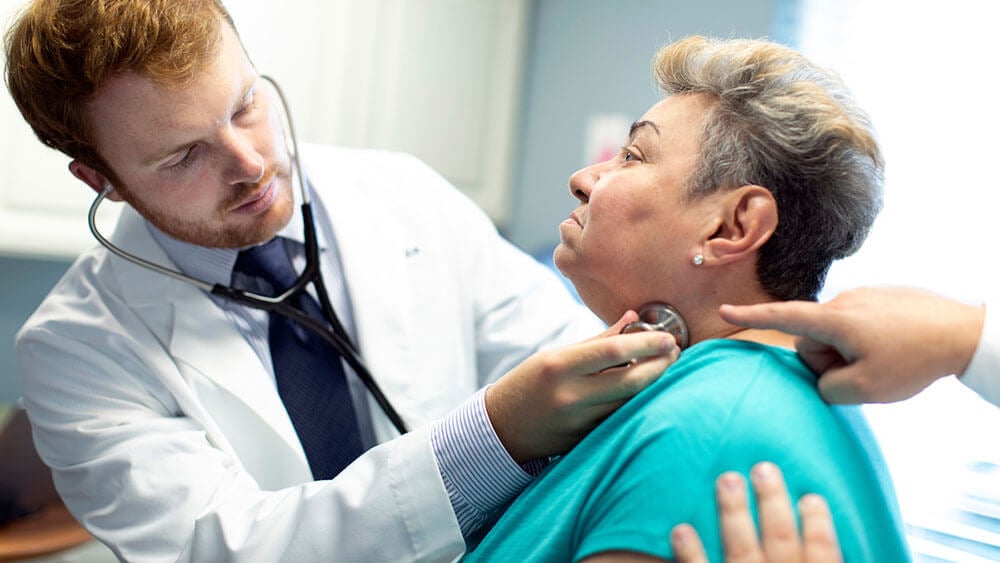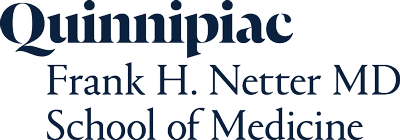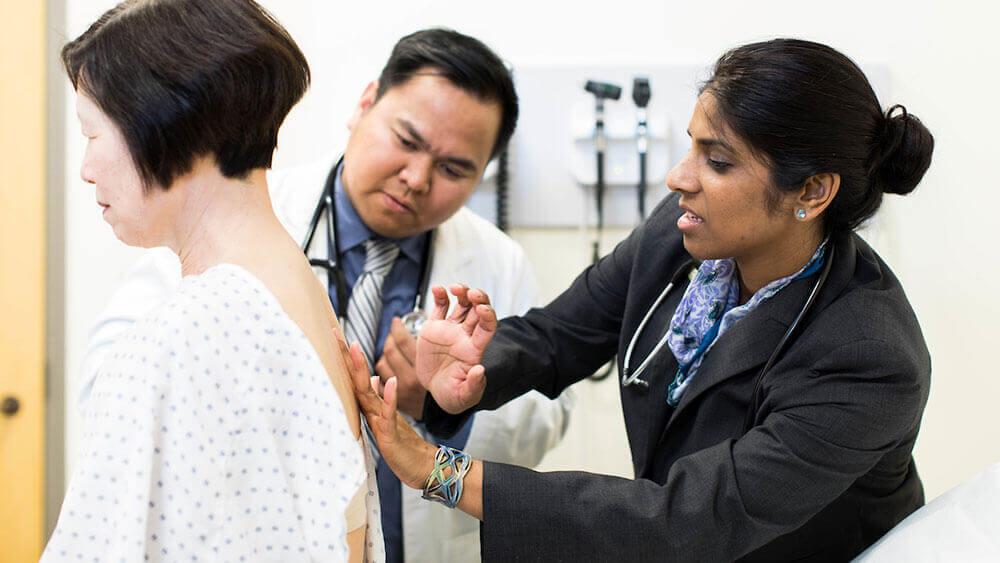
The Frank H. Netter MD School of Medicine’s commitment to educate students through the lens of a primary care physician led to the creation of the MeSH program. Rather than being an ancillary part of your education, MeSH is a centerpiece of the pre-clerkship curriculum.
In order to match students with preceptors, both are surveyed to establish preferences and every effort is made to provide students with one of their top five choices. Preference documents are provided in the spring before the start of the first year, to preceptors and incoming students.
Beginning in October of your first year, you will spend one day per week at either an internal medicine, pediatric, family medicine, or occasionally, a subspecialty practice, learning from a physician mentor at that site. This will become the foundation for all of your Netter patient care experiences. There, you will practice communicating with patients and their families as well as office staff and other health care providers. You will become an integral part of your MeSH site, interviewing and examining patients and engaging in clinical reasoning skills to make diagnoses and assist in creating treatment plans.
The MeSH program is fortunate enough to recruit community physicians from across Connecticut, including sites that are rural, suburban, and urban and that care for underserved communities. While the majority of these physicians practice internal medicine, family medicine and pediatrics, other specialties are represented.
Every attempt is made to integrate the student's “on-campus“ learning with his or her experience at the MeSH site. For example, when students learn about cardiac physiology they also learn about the cardiac examination and pertinent cardiac history and practice putting that all together at their MeSH site.
Objectives for First-Year Students
By the end of the first year, students will be able to:
- Communicate effectively with patients and their families, and with colleagues and staff.
- Obtain a complete, or focused medical history, with structure in accordance with FCC standards, as confirmed by evaluated documentation and OSCE performances.
- Perform a complete physical examination, as detailed in FCC teaching, as confirmed by evaluated documentation and OSCE performances.
- Organize data obtained from patients and document a patient note, adhering to standard formatting, including the patient history and physical examination, but not an assessment or plan.
- With supervision, be able to complete at least three common office-based procedures.
- Describe the non-clinical aspects of community practice, such as the roles of the support staff, the required interactions with third-party payers and the regulatory environment.
Objectives for Second-Year Students
By the end of the second year, students will be able to:
- Communicate effectively and comfortably with patients and their families and take a complete or focused medical history.
- By the end of the year, the student will have further developed his/her ability to perform a complete or focused physical examination.
- By the end of the year, the student will be able to analyze data obtained from patients and document a complete medical history and physical, including an assessment and plan.
Current Preceptor Specialties
- Cardiology
- Dermatology
- Emergency Medicine
- Endoscopy
- Family Medicine
- Gastroenterology
- Geriatrics
- Hematology
- Infectious Disease
- Internal Medicine
- Nephrology
- Neurology
- Pediatrics
- Pulmonary
- Surgery/Women's Health


